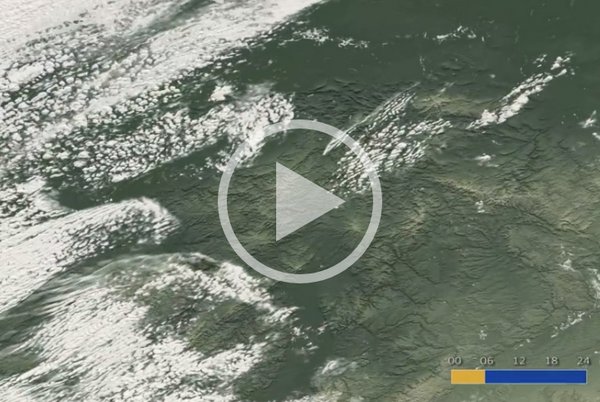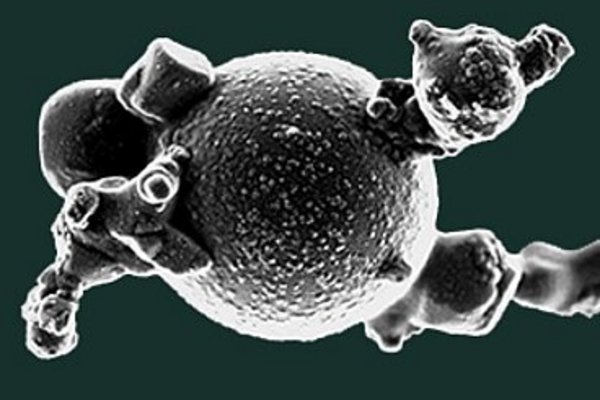
EUREC4A—an international field study to test hypothesized cloud controlling factors influencing weather and climate
From 20 January through 20 February 2020, the EUREC4A (Elucidating the role of clouds-circulation coupling in climate) field study will investigate…
Understanding cloud organization from satellite images
In order to better understand cloud structures more than 60 scientists from the Max Planck Institute for Meteorology (MPI-M) and the Laboratoire…
![[Translate to English:] [Translate to English:]](/fileadmin/_processed_/d/8/csm_Fig1_c47779f3be.png)
HALO as a cloud observatory: the NARVAL expeditions
Aircrafts have long been used to sample clouds, now the German research aircraft HALO (High-Altitude LOng-Range) has been configured as a mobile…
Sedimentation effects on stratocumulus lifetime more important than previously thought
Stratocumulus clouds are efficient in cooling the Earth’s atmosphere by reflecting incoming solar radiation back to space. However, predicting the…
![[Translate to English:] [Translate to English:]](/fileadmin/_processed_/e/2/csm_Claudia_Stephan_Portrait_755399f3d8.jpg)
Minerva Fast Track and new group for Claudia Stephan
Beginning in May 2019 a new working group on cloud-wave coupling led by Dr Claudia Stephan has joined the department "The Atmosphere in the Earth…


HD(CP)² - cloud-resolving simulation over Germany through ICON HighRes
It has been a long-standing question whether climate change can be traced back to human activities. In order to answer it more precisely and to…
![[Translate to English:] [Translate to English:]](/fileadmin/_processed_/2/3/csm_2016_NARVAL_II_Jansen_HALO_Header_3eb141b789.jpg)
Do clouds make the wind blow? Airborne investigations of the interplay between clouds and circulation
Which climate effects do clouds have? Under what conditions do they warm or cool the atmosphere? And what role do clouds play in shaping the…

New study: Cooling by aerosols weaker and less uncertain
The new study "Rethinking the lower bound on aerosol forcing" in the Journal of Climate, written by Prof. Bjorn Stevens, director at the Max Planck…

